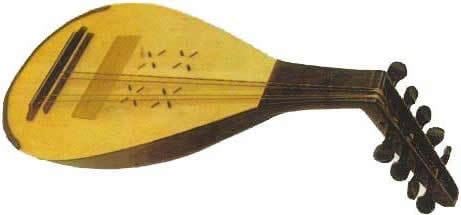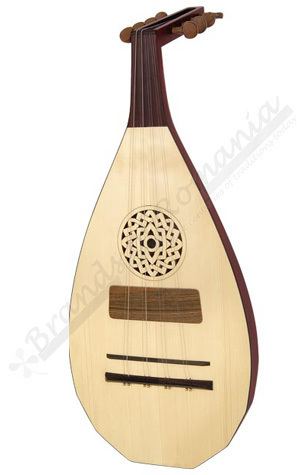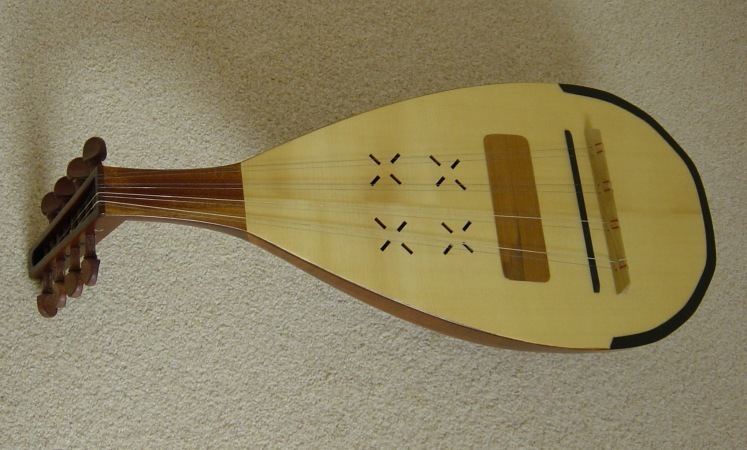 | ||
Saving romania s cobza from playing its last notes
The cobza (also cobsa, kobuza, kobuz, coboz or koboz) is a multi-stringed instrument of the lute family of folk origin popular in Romanian and Moldovan folklore (it is considered the oldest accompaniment instrument in the region). It is also used in the Hungarian folk music revival.
Contents
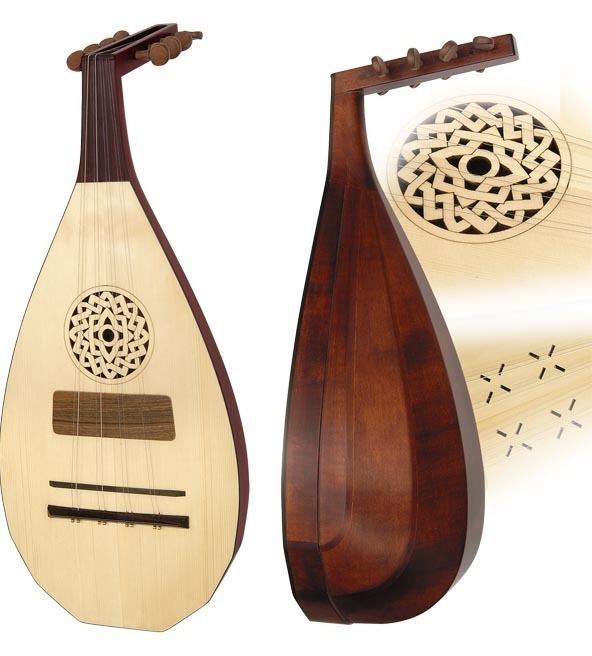
It is distinct from the Ukrainian kobza, an instrument of a different construction and origin.
The Romanian cobza is metal-strung (although nylon-strung models exist, mostly in Hungary), and has a very short neck without frets (although a newer fretted cobza can be found in the Republic of Moldavia), with a bent-back pegbox. The back is ribbed. It is usually double or triple strung, and often has a characteristic flat end clasp.
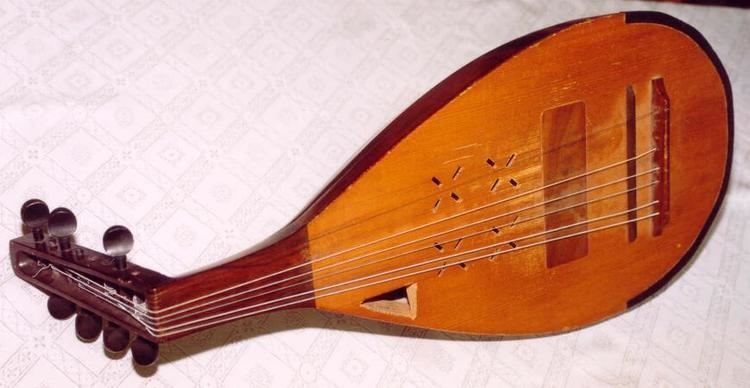
The cobza is played with a plectrum (traditionally, a goose feather) in elaborate and florid melodic passagework, and has a pick-guard similar to that of an oud. Its strings are widely spaced at the bridge to facilitate this technique. It has a soft tone, most often tuned to D-A-D-G (although tuning depends per style, region and player).
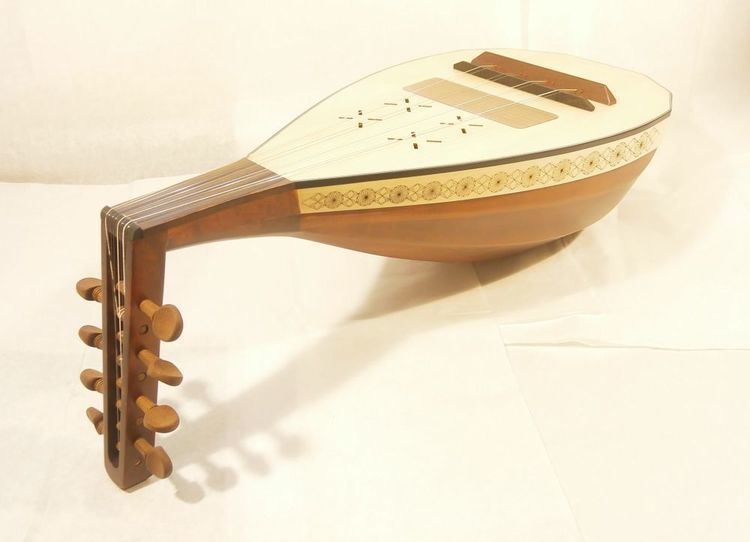
The origins of the Romanian cobza are thought to be a local adaptation of the Persian barbat or Turkish oud, probably brought to the area by itinerant Romani musicians in the 15th century (a Romani musician is called lăutar, literally lute-player). A cobza player specifically is called a cobzar. Notable cobza players are Ion Păturică, Ion Zlotea, Marin Cotoanță, Grigore Kiazim (from Wallachia), Nicolae Păsnicuțu and Constantin Negel (from Moldavia).

The cobza was also played in the 19th Century by Jewish musicians from Moldova region. Cobza was also used by Ukrainian musicians in various music ensembles in the Bukovyna region in the mid war periods, being replaced totally by the mandolin and 4 stringed domra when this area became incorporated into the Ukrainian SSR.
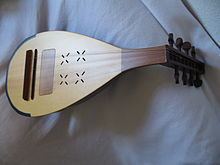
The name of the instrument comes from the Turkic "kopuz".
Cobza
